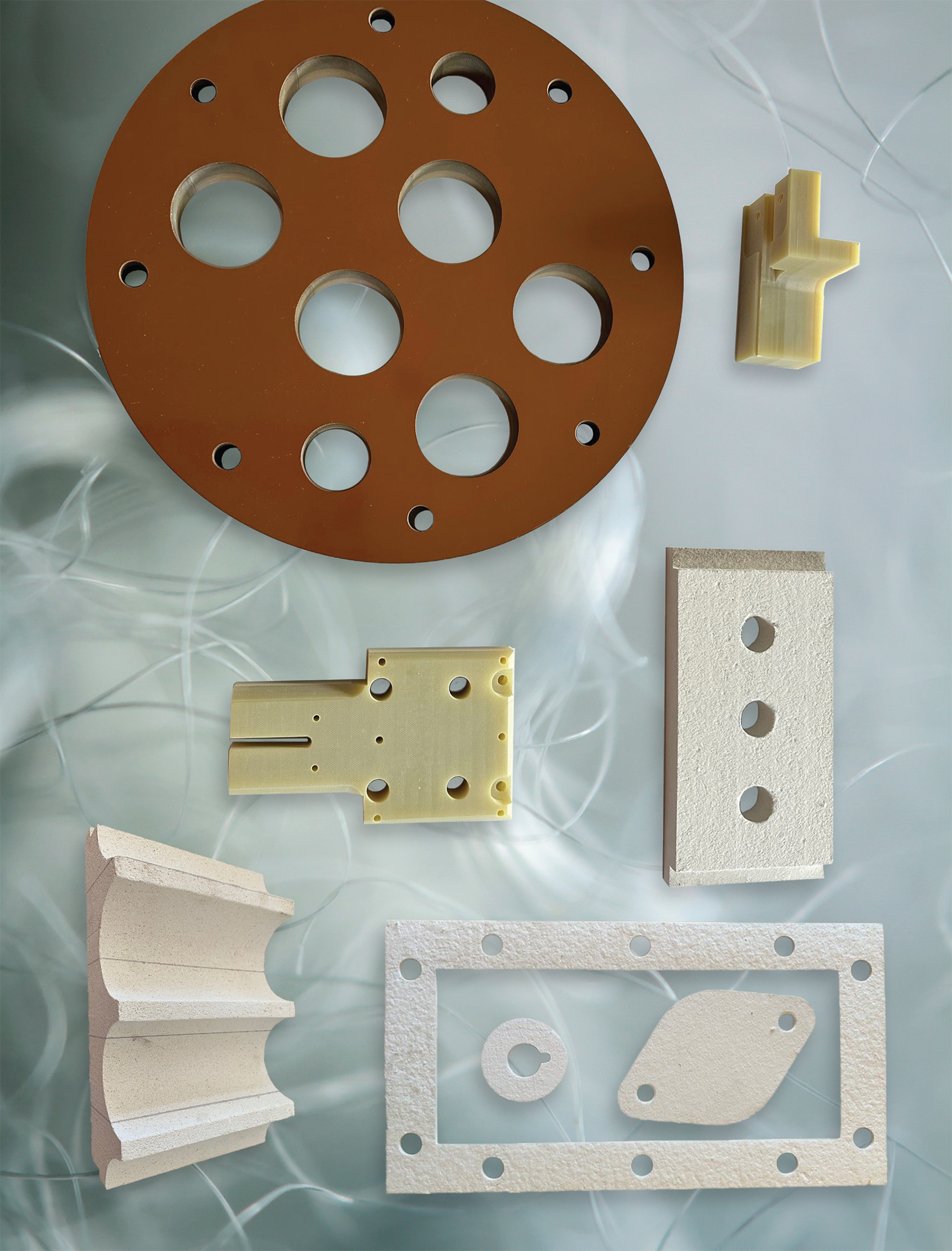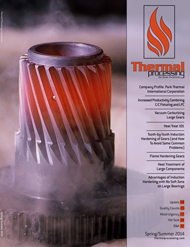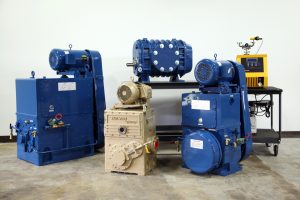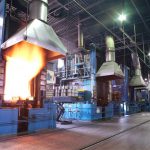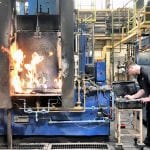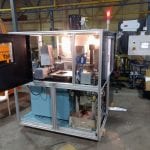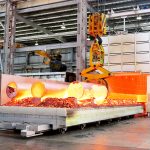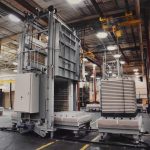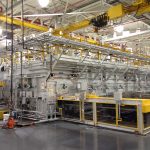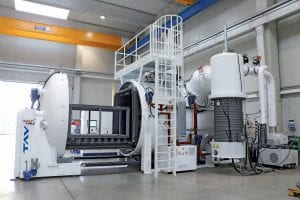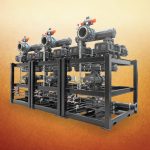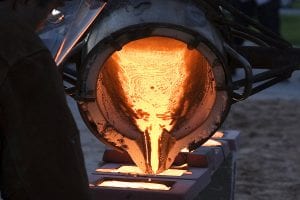Heat treating salts, on-site service, engineering support, alternative financing solutions—Park Thermal International is the definition of a “one-stop-shop” for heat treating needs. But company president Brian Reid knows this kind of reputation doesn’t happen overnight.
“Day in, day out, a few parts or a huge batch — the only way you’ll establish yourself in the industry is with consistency,” said Reid. “Understand the process and get it down to a science so that it happens on every part you produce, every day.”
Reid and his partner—company CEO Jay Mistry — have a combined 75 years’ experience in the industrial heat treat industry. Georgetown, Ontario’s Park Thermal International is a leading North American supplier of thermal process technology. Started in 1938, manufacturers around the world today rely on Park Thermal for thermal processing equipment solutions. Reid believes many heat treating difficulties are a result of too many steps involving too many outside sources.
 “When somebody buys a heat treat device used to process gears, like an integral quench furnace, you need quenching oil to quench the parts,” said Reid. “If there’s a problem in achieving uniform Rockwell hardness, where does the fault lie? The furnace guy? The oil guy? Where do you start?”
“When somebody buys a heat treat device used to process gears, like an integral quench furnace, you need quenching oil to quench the parts,” said Reid. “If there’s a problem in achieving uniform Rockwell hardness, where does the fault lie? The furnace guy? The oil guy? Where do you start?”
Reid and Mistry got tired of that breed of uncertainty, so they did the sensible thing and took it right out of the equation. “Today, we provide everything ourselves,” said Reid. “Not only do we supply the capital equipment, we supply the quenching oil for carburizing furnaces and the salt for austempering furnaces, which provides ductility to parts.
“When you’re heat treating large batches of gears, you want every one to be the same when the batch comes out of the process,” he said. “It’s difficult to do that if you don’t understand heat treat concepts such as fixturing.”
 Fixturing, according to Reid’s definition, is similar to the delicate balance of filling an ice tray. “You can’t throw all the ice cubes into the tray and have them touching and expect the results to be uniform,” he explained. “They have to be staggered. The distribution of the air and the heat and atmosphere is critical to get uniform results.”
Fixturing, according to Reid’s definition, is similar to the delicate balance of filling an ice tray. “You can’t throw all the ice cubes into the tray and have them touching and expect the results to be uniform,” he explained. “They have to be staggered. The distribution of the air and the heat and atmosphere is critical to get uniform results.”
Reid started at Park Thermal International in 1971. Over the years, the company has purchased two companies out of Michigan — one called The Metal Works (Roseville, Mich.) and another called AF Holden Company (Milford, Mich.)
“They were using many of the same processes that we were, but a little bit differently,” said Reid. “They allowed us to add to our list of product mix to make us a better company. Both of the gentlemen that own those companies have stayed on with us.”
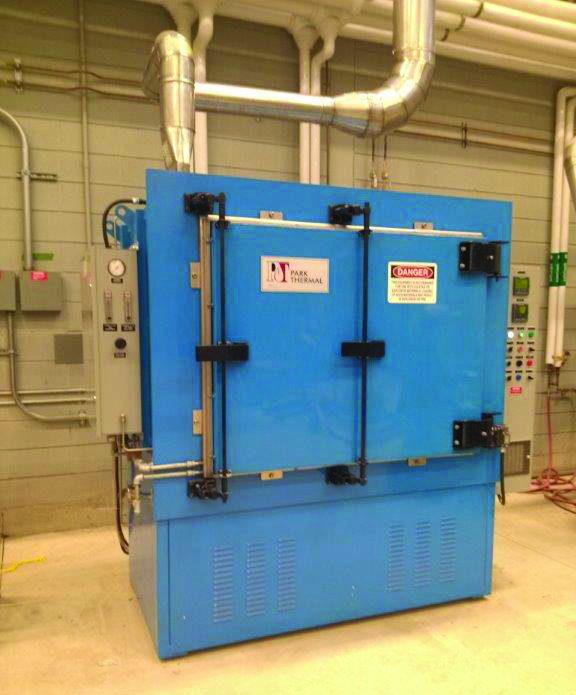 The year 1971 has another significance for Park Thermal International. Until that time, the insulation inside of furnaces had always been refractory brick. The company decided to take a step forward and experiment with a product called ceramic fiber.
The year 1971 has another significance for Park Thermal International. Until that time, the insulation inside of furnaces had always been refractory brick. The company decided to take a step forward and experiment with a product called ceramic fiber.
“Today, just about every furnace built by anybody uses ceramic fiber,” said Reid. “It heats up faster and retains the heat better. Back in the day, we didn’t make changes as quickly as we do today, so it was quite a step forward. We’re proud to be the first company in the world to try ceramic fiber in a heat treating furnace.”
Reid recalls another example of Park Thermal’s unorthodox approach to heat treat problem solving. A customer came to him interested in furnaces, but concerned about her lack of space.
“‘Have you ever thought about knocking out one of the block walls out of your building?’ I suggested. ‘You could pour a pad outside, put a door down, and we’ll put this and it won’t take up any of your existing plant space.’”
 It just so happened the customer had four shipping doors at the back of her building.
It just so happened the customer had four shipping doors at the back of her building.
“There’s the answer! You just saved yourself several hundred square feet of space.’ That’s the small things we bring to the table,” said Reid.
Reid is a member of the MTI and the ASM, both of which have heat treating conventions on an annual basis. At the AGMA Gear Expo in Indianapolis last year, where the room was split between heat treating and gears, Park Thermal got to share the room with the “gear gangsters” as Reid calls them.
“It was really educational,” he said. “I’m not a fan of standing on my feet for eight hours, so I circulated the room, conversing with the gear gangsters and coming up with different heat treat strategies and techniques.
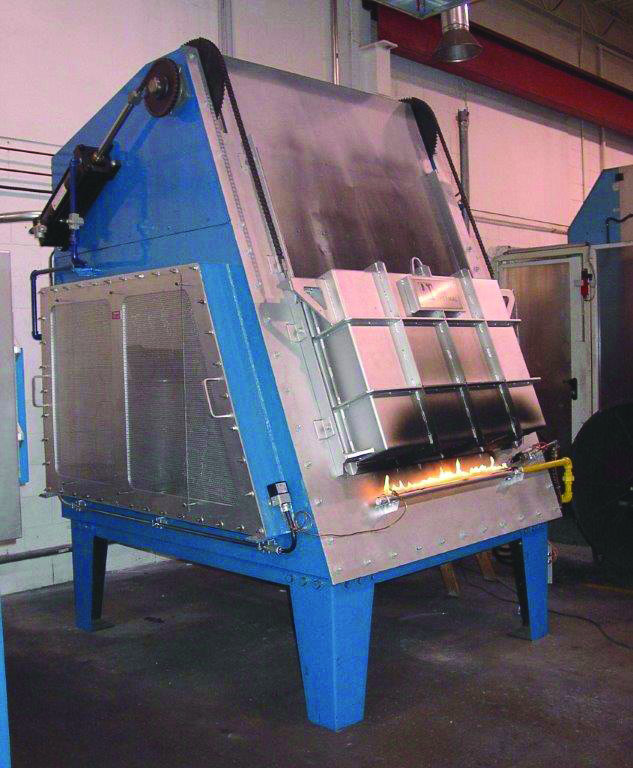 Reid, who also teaches metallurgy at the university level, says the key to being a successful furnace builder is understanding the entire metallurgical process.
Reid, who also teaches metallurgy at the university level, says the key to being a successful furnace builder is understanding the entire metallurgical process.
“If you don’t know what you’re doing, the part won’t be any good for the application,” he said. “TT=T. That’s what heat treating is all about—time at temperature equals transformation. There are thousands of books written on heat treating, but that’s it in a nutshell.
“We’re dedicated to advancing the art of thermal processing,” said Reid. “It’s what drives us. After 40 years, you have to learn something, right?&rdquo












